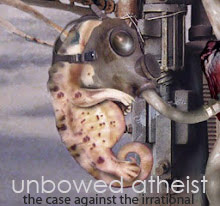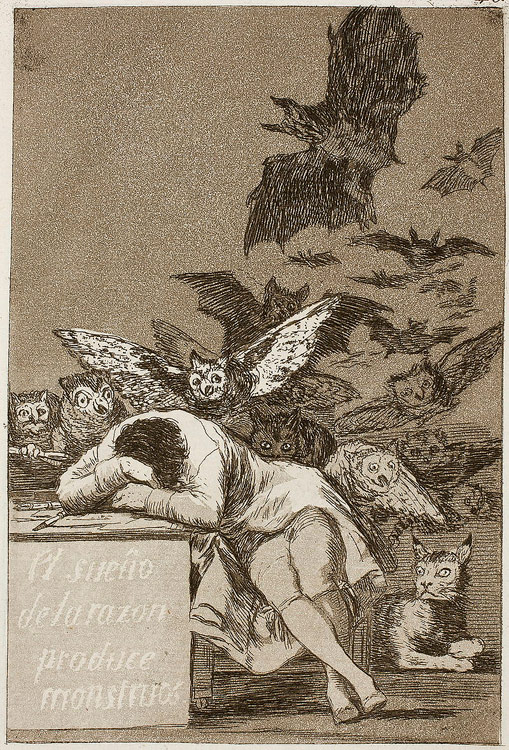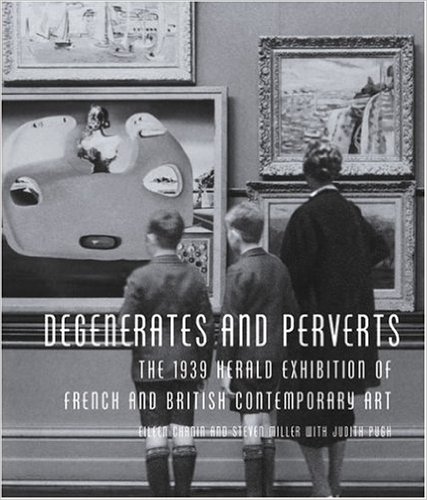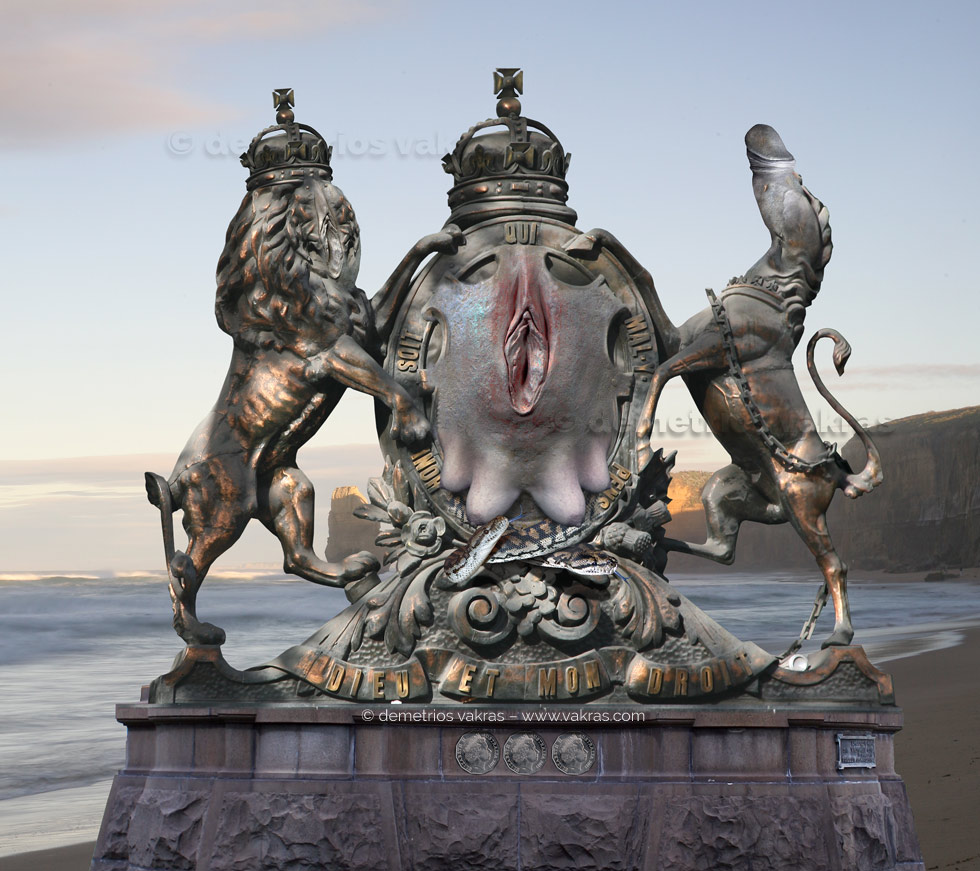|
Notes/-/Whatever
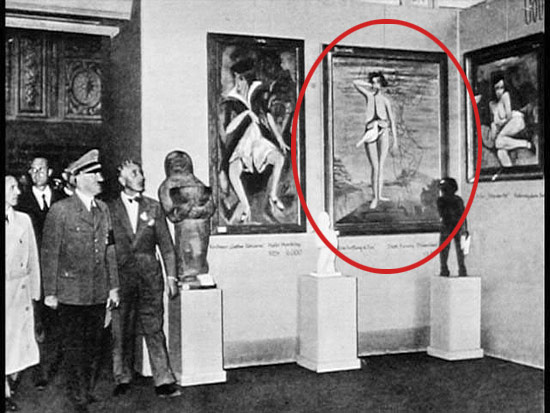
Surrealist
Max Ernst's works were exhibited by the Nazis in the
"Degenerate Art" exhibition of 1937. In 1939 a
Nazi Australia exhibited its version of "degenerate
art". Salvador Dalí's work was removed from exhibition
on account of its "offensiveness".

The exhibition Humanist
Transhumanist was promoted widely by us. Above is
our press release as it appeared on the Melbourne
City Council website in 2009. The press release was
made by Lee-Anne Raymond. This exhibition was
organised to occur during a major Dalí exhibition
being held in Melbourne at the same time, as was
stated in in the press-release.
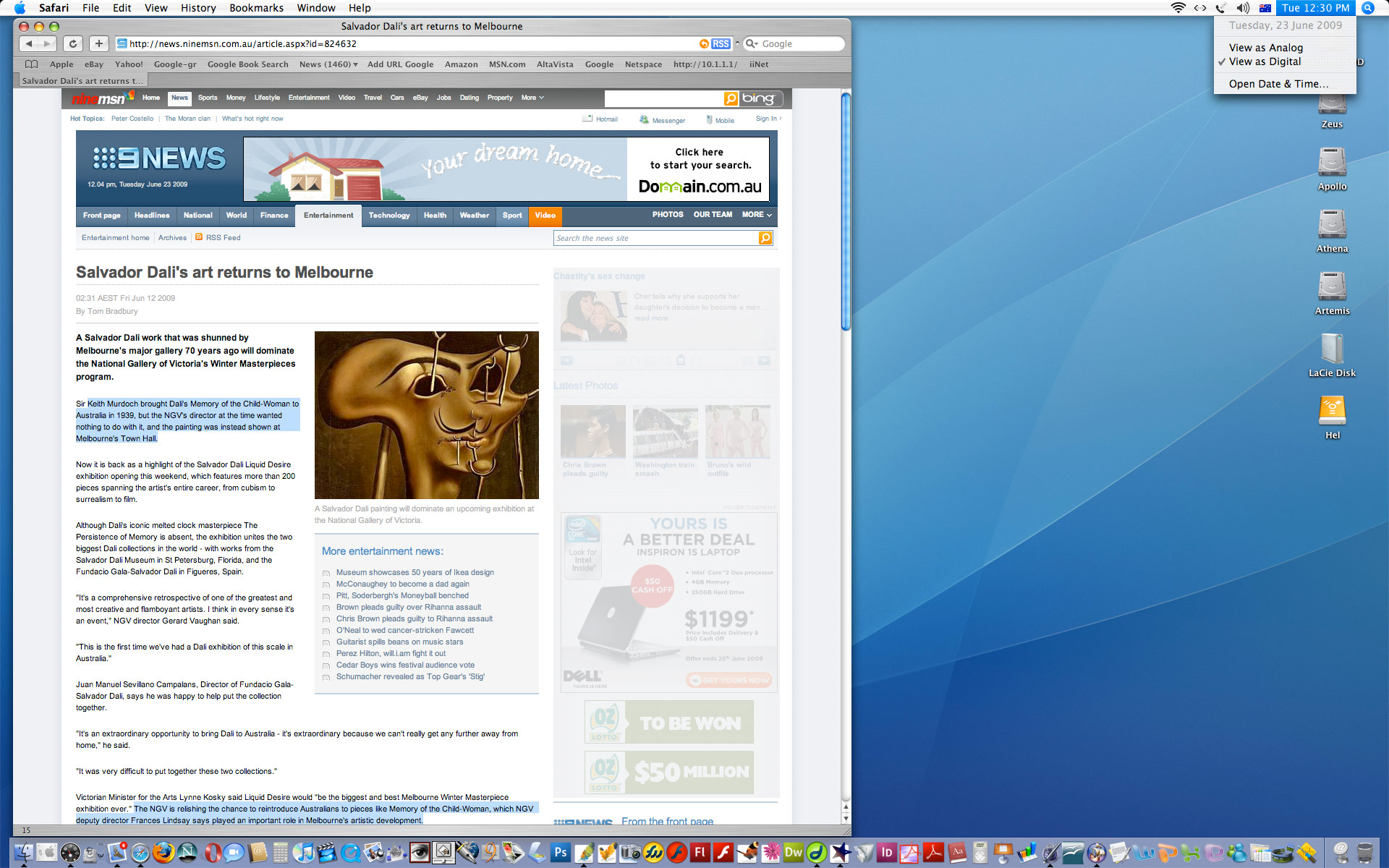
The Dalí exhibition in Melbourne
in 2009 at the NGV was celebrated as the return of
Dalí's work to Melbourne, noting that Dalí's work
had been "shunned" by the same gallery (art museum),
the NGV, 70 years earlier. Above is a screenshot
from June 2009 of an online news story on the Dalí
exhibition. The press releases and media coverage
from 2008 onward played on the scandal caused to
Australia's (innate Nazi) sentiments by surrealism
in 1939. Surrealist art has always been
transgressive and therefore contentious. Australian
art has always been characterised by the kind of
nationalist ideals that would have made Australian
art feel right at home in Nazi Germany - a point I
made in Humanist Transhumanist in 2009 (my
"manifesto" component).
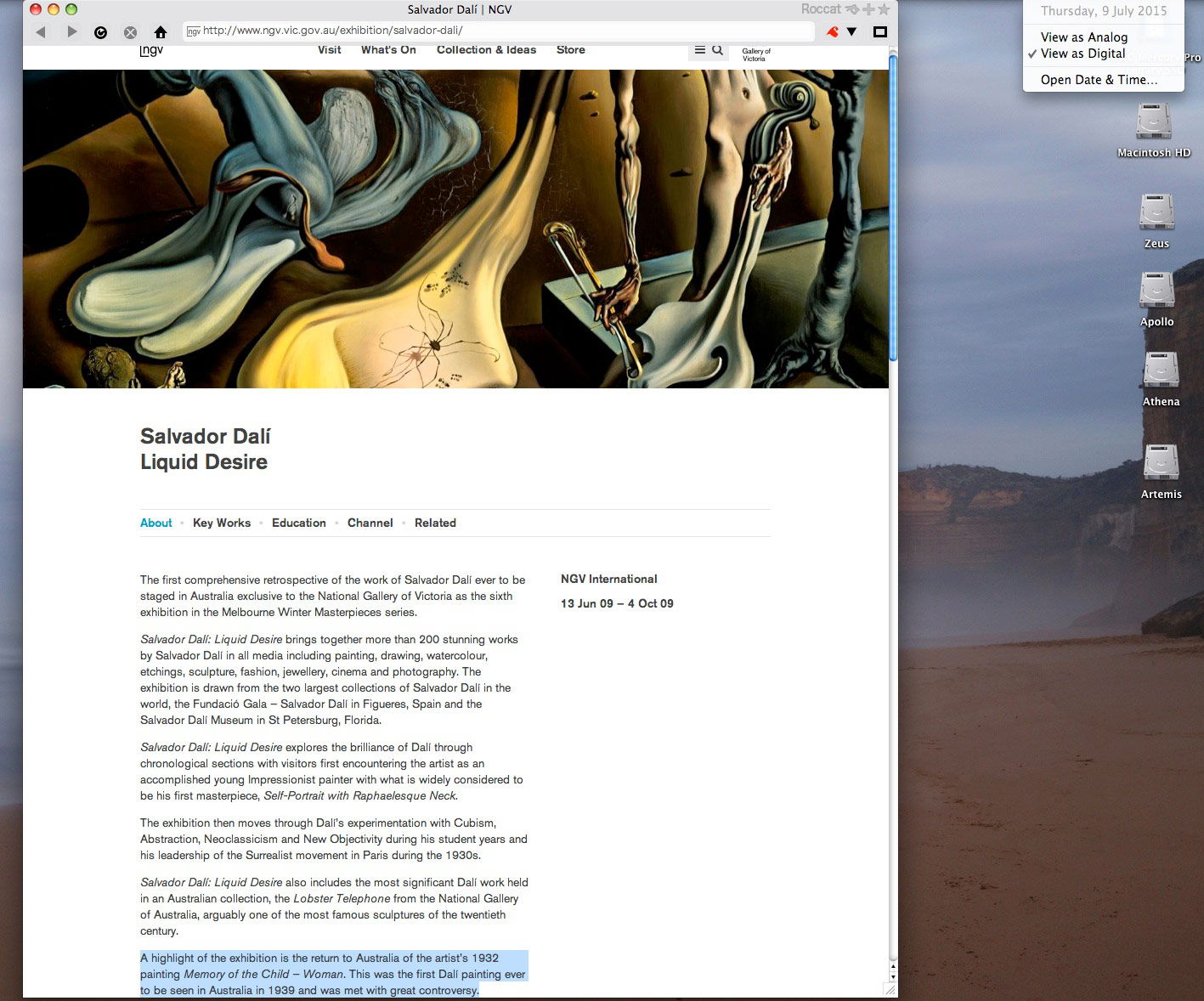
The NGV still hosts a page on the
2009 Dalí exhibition, remarking how in 1939 Dalí's
work "was met with great controversy."
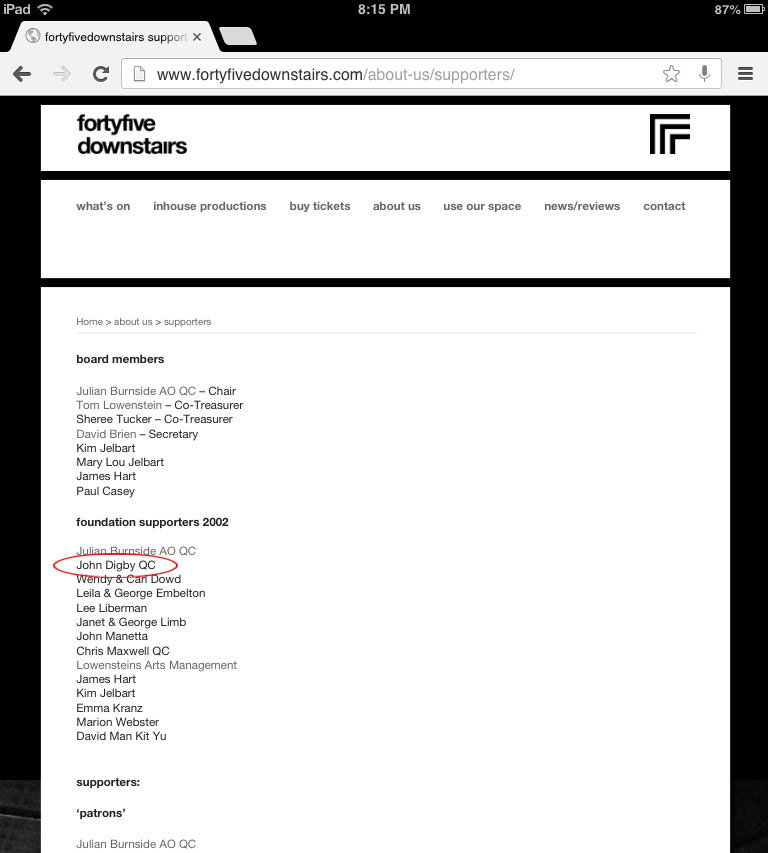
In 2008 FortyFive Downstairs, as
well as Cripps' GLG were pitched the idea of
Humanist Transhumanist. FortyFive Downstairs
rejected the proposal. The exhibition itself caused
a stir due to gallery director/owner Robert Cripps'
severe ignorance of art, who sued for defamation on
it being written that he knew nothing about art and
should not have been running a gallery. John Digby,
whose name is circled, turned out to be one of the
judges on the 2015 appeal who asked whether Cripps
knew our surrealist exhibition was going to be
"contentious". Seriously.
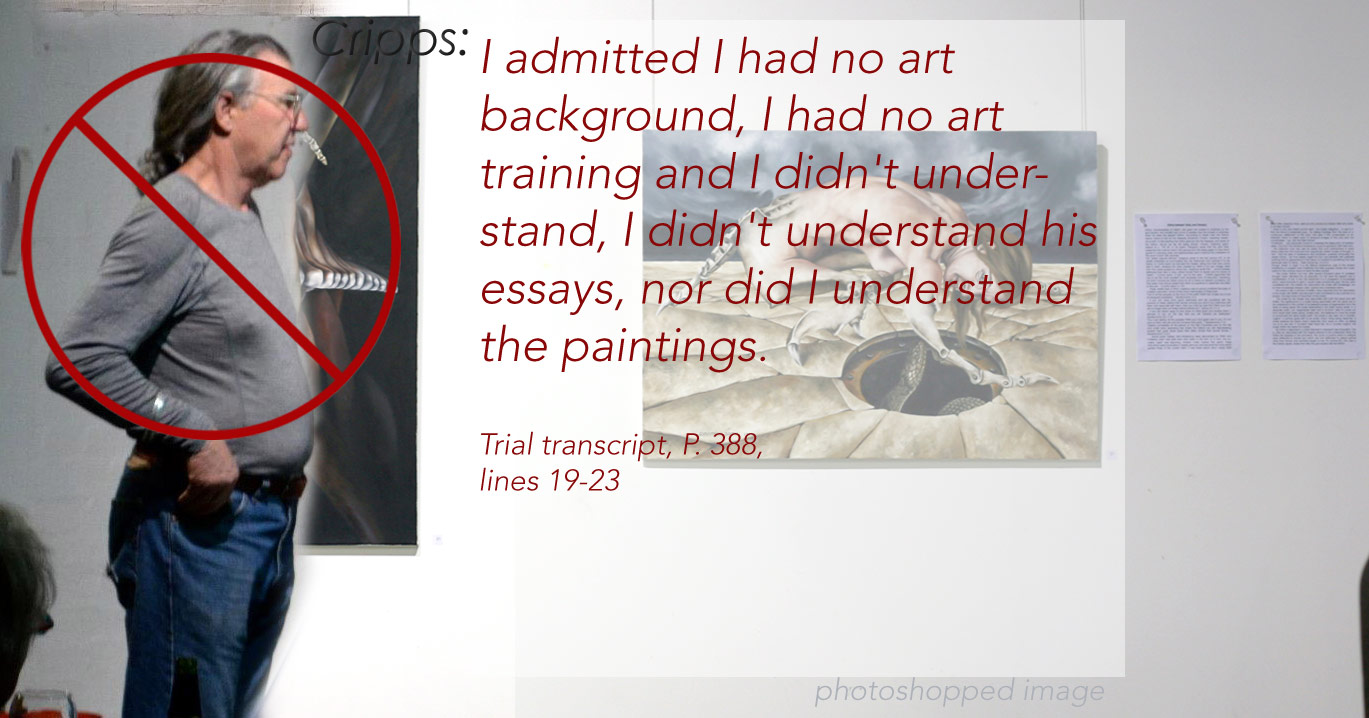
Cripps ran GLG, had no idea about
art, was adamant in his proclamations that he had no
idea about art, but still sued on him being exposed
as an art ignoramus.
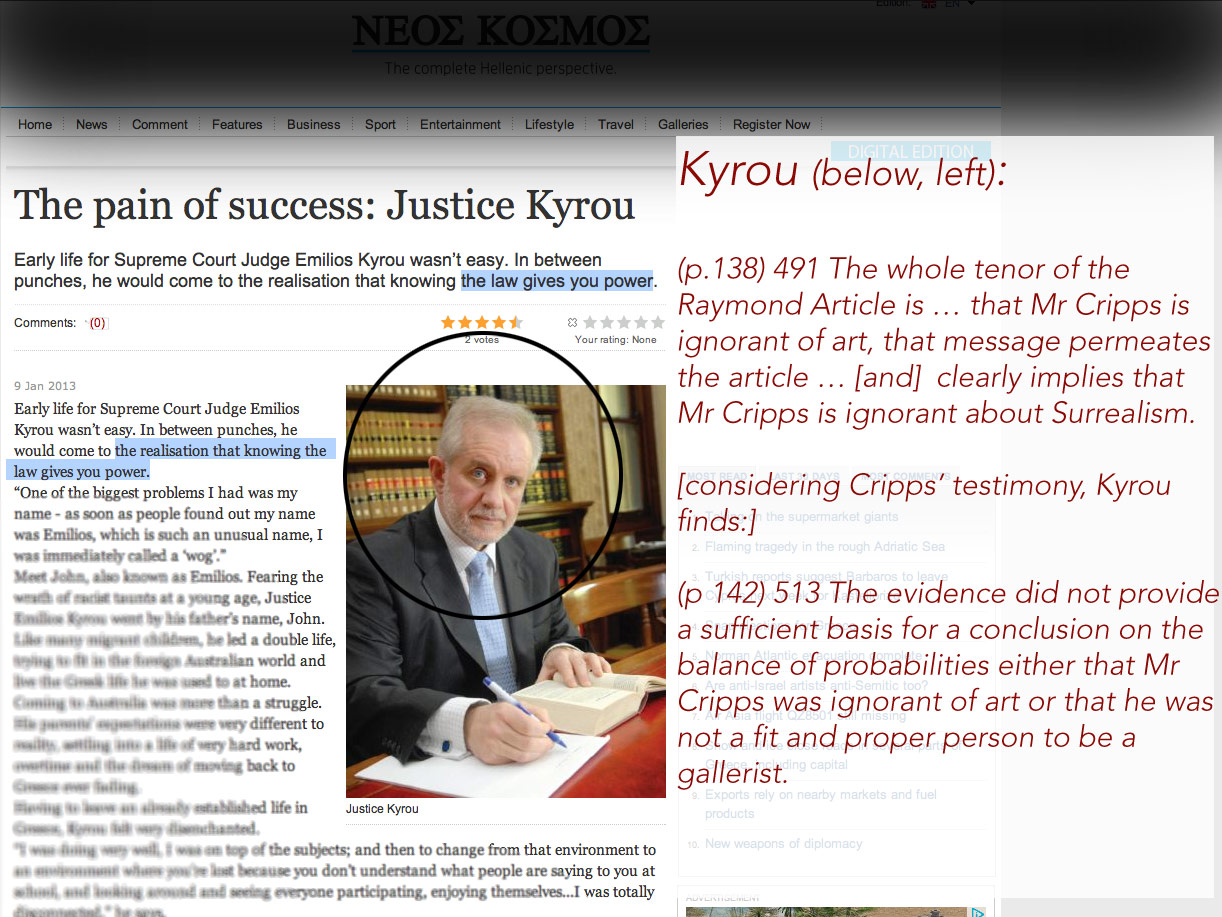
Kyrou, a judge of the Victorian
Supreme Court ruled that Cripps' strident
declarations of his ignorance of art were not
sufficient for us to prove Cripps knew nothing about
art. IN THE ABSENCE OF REASON...... "law
gives you power"
16 July 2015 [edited 18/7/2015]
The law, with its right by god,
is empowered with magical abilities that
transmogrify that which already is, into being;
which also allows for it to transmogrify that which
already is, into not being; in which all that exists
can only exist when it is transmogrified out of
"non-existence" by a judge. Only by the powers
vested by a non-existent god on the court and its
judges can anything exist or not exist. Nothing,
including the historical record, exists until a
judge deems it does. "Who's heard of the Mufti?"
Object Permanence dictates that an object exists
independent of its observer, and that it will
continue to exist regardless of the observer. "Law"
though, allows for Objects to be deemed not to exist
at all, regardless of whether Objects are observed
or capable of being observed until a judge
transmogrifies Objects out of non-existence (because
until a judge does this Objects do not exist - even
though they do). Knowing history, an Object, is
punishable. When law gives power, reality can be
transmogrified into whatever.
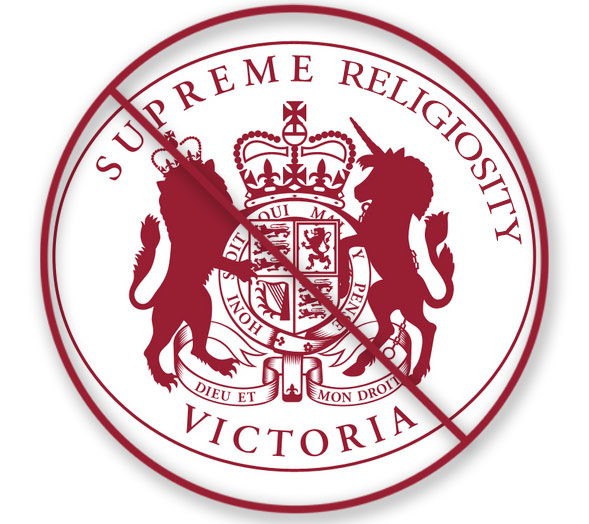
19 July 2015
The problem of
"sanctity" of judicial independence.
(In a discussion paper
by the ACT Bar Council and Law Society
(https://www.actlawsociety.asn.au/documents/item/460)
a discussion for setting up a judicial complaints body
considers that such a body be required to include an
"educational" component. It goes on to comment (18));
"The importance of the latter should not be
overlooked. Responsiveness, in the form of education
and assistance to judicial officers, is aided by the
complaints process while maintaining the
sanctity of judicial independence."
What does "sanctity" have to do with anything?
If judicial independence is sacred, its sanctity is
conferred upon it by the same make-believe god who
guided Adolf Hitler. It is the same "sanctity" that
guides all of jurisprudence. Anyone who might complain
of judicial bias can be declared to be committing an
act of sacrilege, a blasphemy, a "sin", which means
the "sin" should be punished because the god who gives
the court sanctity also demands that any breach (sin)
be penalised. The court/judges have a fundamental
problem with "sanctity" and their oaths: Do its
officers (judges) swear an oath to their make-believe
god to do their duty to fairly adjudicate? or are
judges really pledging an oath to their make-believe
god to perform their role consistent with the values
of their god as is demanded of them in their holy
book(s) and not commit a transgression (sin), by
making judgements that would be in conflict with their
holy book(s)? For, this latter point would demand that
an "egregious blasphemy" be found to have been done by
someone who has accused their make-believe god, who
guides them, as having been the god who guided Adolf
Hitler.
22 July 2015
Transmogrifications
with "the right by god"
"Who's ever heard of
the Mufti?"
The Nazi government
film of the meeting of "the Mufti", al Husseini, and
Adolf Hitler can be seen on Youtube. Stills from
https://www.youtube.com/watch?v=nSUEx1cKUlg below:

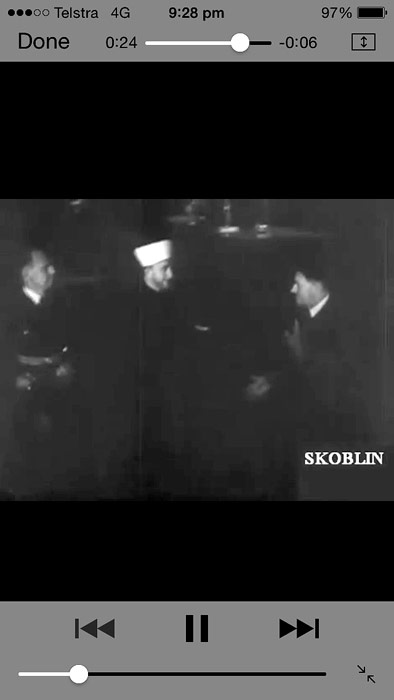
Islam inspired Adolf
Hitler to seek the genocide of the Jews. The genocide
of the Jews is called for by the hadith. Christianity
motivated Hitler to hate the Jews. Australia's Supreme
Court can make this vanish with the "right by god".
The No Symbol can be
transmogrified by the court to instead be a "cancel
sign". According to Australian defamation law, there
is a "sting" which allows for claims to be made that
are worse than what is actually written. The court
allows for a substantial transmogrification that will
allow it to penalise transgressors. The court, with
the powers vested in it by god, made as substantial
and deliberate transmogrification in our case. The
court deliberately facilitated the claim that the No
Symbol was instead a "cancel sign"; meaning that its
use was intended to express an intention to destroy
the object over which it was placed. In the context of
defamation law this transmogrification allowed for the
court to claim that use of the No Symbol was proof of
its use being "actuated by malice" with the intent of
doing deliberate damage and injury. Malice is
indefensible in defamation law.
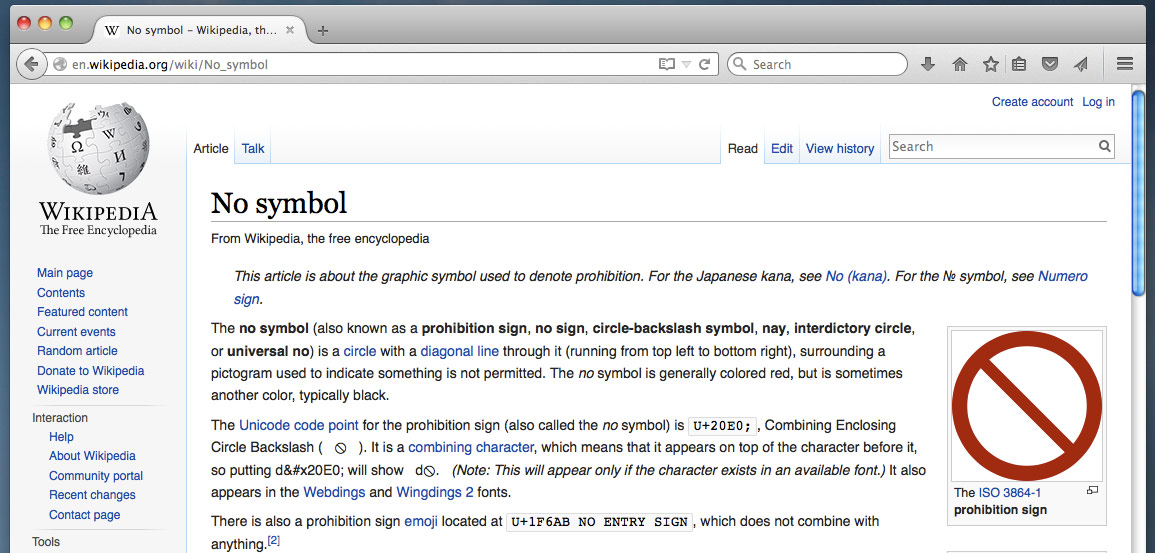
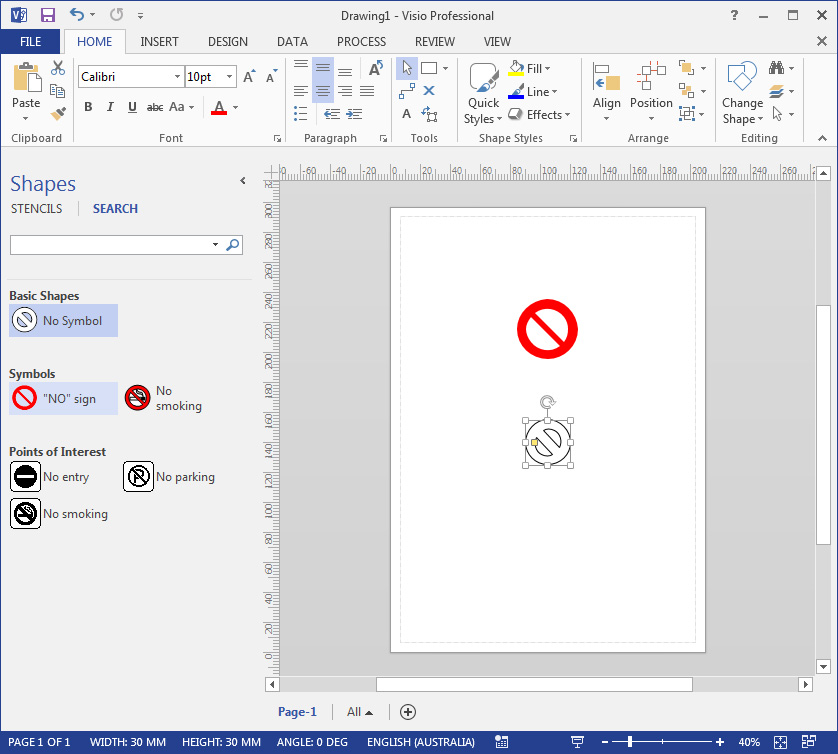
|
